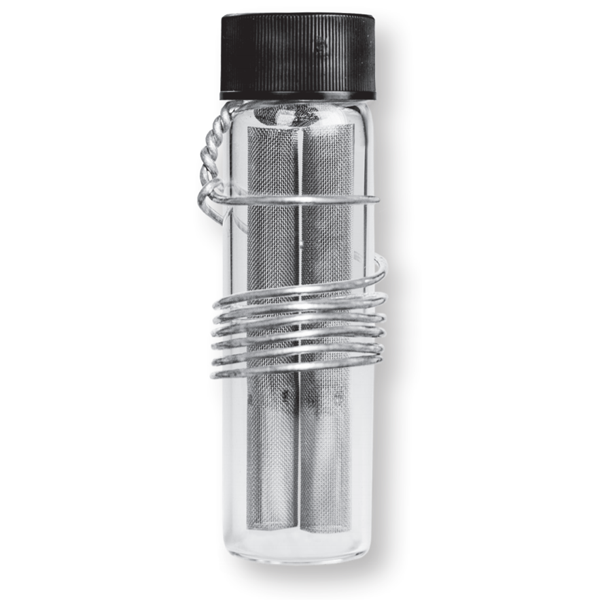Description
To accurately design a conceptual site model and streamline your remediation and monitoring program, you must begin with accurate data. That’s why Beacon Environmental’s time-integrated passive soil gas surveys utilize versatile technologies that have been demonstrated to provide the most accurate data on sites where VOCs and SVOCs are of concern.
The state-of-the-art sampling and analytical procedures followed by Beacon Environmental are the foundations for a highly sensitive technology to identify trace levels of compounds present in the vapor phase. Sample collection is performed by using either a subsurface sampler emplaced within an approximately one-inch diameter hole advanced to a typical depth of one to three feet or by using a completely non-intrusive, surface-placed flux chamber. Either sampling approach is provided through easy-to-use BeSure Sample Collection KitsTM for your personnel to collect passive soil gas (PSG) samples.
After retrieval, the samples are shipped to Beacon Environmental’s laboratory for analysis following established EPA Method protocols (EPA Method 8260C or EPA Method TO-17). The resulting data – provided in just seven business days – identifies source areas and delineates the migration pathways. A comprehensive report that includes color distribution maps of targeted compounds – typically delivered in just 10 business days – fully empowers you to make faster, better-informed decisions about site characterization, spatial variability, risk assessment, remedial design, and monitoring the effectiveness of remediation activities.
HydroTerra has extensive experience at conducting soil gas surveys. Beacon’s PSG surveys are a very cost effective screening tool to provide a clear vision of the lateral extent of contamination and, importantly, enabling highly target efforts for active characterization of soil, soil vapour and groundwater.
– Effective and reliable screening for volatile and semi-volatile organic compounds in soil and groundwater
– Quickly identify source areas and delineate the lateral extent of contamination including migration pathways or indoor air intrusion pathways
– High resolution passive soil gas screening data improves development of site conceptual models and focuses expenditure on further active site investigation




